Unlocking the EV Charging Market: Site Selection Strategies for Success
How to Choose the Right Location for Community Charging Stations?
(Service First)
The construction of community charging stations often requires a significant investment in equipment and capital costs. Therefore, we hope that each charging station we build can truly serve more users in need.
So, how do we determine the location of charging stations? The main points are as follows:
1. Geographical Location:
- High-traffic commercial areas: Locations with complete supporting facilities (such as toilets, supermarkets, and catering rest rooms nearby) and easy-to-follow navigation to avoid complex and difficult-to-reach roads.
2. Land Resources:
- Sufficient space for parking lot planning, and the parking lot is controllable and manageable to prevent fuel vehicles from occupying parking spaces.
- Low or no parking fees to lower the charging threshold and cost for car owners.
3. Vehicle Resources:
- Areas where there is a concentration of new energy vehicle owners, such as areas where operating drivers are concentrated.
4. Power Resources:
- Locations with favorable electricity prices and the ability to increase power capacity to meet the power capacity requirements of charging stations.
What Factors Should Charging Pile Operators Consider When Choosing a Site?
(Safety First)
1. Vehicle Density:
Just like gas stations, charging piles are places where cars can replenish their “energy.” Therefore, when choosing a site, it is crucial to ensure that there is sufficient vehicle density and avoid selecting excessively remote locations. If the surrounding area is too remote, it will take car owners a long time to drive there, which can be inconvenient for those with low battery levels.
2. Drainage System:
The selected site should have a good drainage system. Since charging piles are electrical devices, improper drainage can lead to leakage, which can have severe consequences. The drainage around the charging piles should be unobstructed and should not be located in low-lying or waterlogged areas. This prevents sensitive components such as circuit boards from coming into contact with water during use, which could cause vehicle malfunctions or electric shock.
3. Fire Safety Requirements:
Flammable and explosive materials should not be stored around charging piles. The piles should be kept away from fire sources to eliminate potential safety hazards. Additionally, an emergency power button should be installed during the construction of charging piles, and an emergency stop button sign should be posted. In the event of a fire, a chain reaction could easily occur. The construction of charging piles or charging stations should comply with the regulations for Class C workshops.
4. Additional Safety Considerations:
In addition to the above points, protective devices should be installed around charging piles to prevent collisions with other objects or vehicles during the charging process and avoid unnecessary losses. Meanwhile, charging piles should be supervised by a dedicated person to ensure greater safety.
Build Charging Stations in These Places and You’ll Never Lose Money!
(Profits First)
1. Head to Where the Cars Are
As the name suggests, head to areas with a high concentration of electric vehicles, especially commercial vehicles at this stage.
Currently, the profit margin for operators lies mainly in the service fee portion of charging fees. Since these fees are relatively low, stations should be built in areas with a high enough electric vehicle population to ensure that the charging piles are utilized. Moreover, ordinary C-end users currently account for a small proportion, with taxis, ride-hailing vehicles, and other commercial vehicles being the absolute profit centers. Therefore, operators should pay particular attention to the number of commercial vehicles in each city.
The number of commercial vehicles in Beijing, Shanghai, Guangzhou, and Shenzhen is undoubtedly relatively high, with Shanghai leading the way with over 100,000 vehicles. The new energy markets in these cities started early and developed rapidly. Building stations in these cities is easy to make a profit. However, competition is fierce in large markets, with more and more companies entering the market, making it increasingly difficult to expand scale.
As a result, some second- and third-tier cities with favorable policy environments have become new choices for operators. Under the pressure of mandatory policies, many automakers are promoting new energy vehicles to the market, and the number of electric vehicles in various regions is gradually increasing. Nanjing plans to add 50,000 new energy standard vehicles in 2020, Dongguan expects to increase the number of vehicles to 40,000 by 2020, and Shenyang has set a production target of 200,000 for 2020. Many cities are promoting electric vehicles starting with commercial vehicles such as taxis and buses. These cities will gradually become emerging markets.
2. Is It Better to Be Closer to the City Center?
Are profits high for stations built in the city center? High! Is it difficult to build stations? Very difficult! Therefore, the location of the station is not the closer to the city center, the better.
For station site selection, the different areas of a city can be roughly divided into three categories: fast charging points located at transportation hubs such as stations; important node-type charging points located at office buildings, commercial centers, etc., a certain distance from the city center; and destination-type charging points located in residential areas, city centers, etc. The former two mainly provide charging services for commercial vehicles, with high power, fast charging, and high profits. They are the priority choice for operators to select sites for station construction. The latter is not recommended at this stage.
The target users of stations in the city center and residential areas are mainly ordinary C-end users, and the number of these users is relatively small at this stage, which cannot guarantee the utilization rate of charging piles. In addition to the number of users, there are also some difficult-to-overcome factors to pay attention to: one is the tight parking space. It is difficult to squeeze out space for electric vehicles under the circumstances where existing parking spaces are still unable to meet the needs of fuel vehicles. Even if stations are built, the phenomenon of fuel vehicles occupying parking spaces cannot be avoided; the second is insufficient power capacity. It is difficult for the city center to provide the high power capacity required by charging stations, and the rectification difficulty is high; the third is high parking fees. Due to the power capacity limitation, the power of the stations distributed in the city center will not be too high, and the slow charging time is long. The high parking cost will affect the user experience.
In the future, if we want to expand C-end users and form scale-based operations, the distribution of stations in each commercial center is also indispensable. What solutions there will be in the future remains to be seen, but it is not the priority goal of operators at this stage.
3. Where There Are Users, There Are Piles
Understanding the Needs of New Energy Vehicle Charging Users
Government departments and private capital are now vigorously building charging infrastructure, and the number of charging piles in various regions is increasing continuously. However, the utilization rate of the existing charging piles is extremely low. Is it because there are too few users? Not necessarily. It’s just that the piles are not built where users need them. Where there are users, there is a market. Analyzing different types of users can help us understand the comprehensive needs of users.
Two Main Categories of Charging Users:
Currently, the charging users of new energy vehicles can be divided into two categories: commercial vehicle users and ordinary individual users. From the development of new energy in various regions, it is basically from commercial vehicles such as taxis, buses, and logistics vehicles that electric vehicles have been promoted. For example, in Taiyuan, Shanxi, where all taxis are electric, these commercial vehicles have a long daily driving distance, high power consumption, and high charging frequency, making them the main target users for operators’ profit. The number of ordinary individual users is relatively small. In some cities with obvious policy effects, such as Shanghai, which has implemented a free license plate benefit, there is a certain scale of individual users. However, in most cities, the individual user market is yet to be developed.
Selecting the Right Location for Charging Piles:
In combination with the types of charging points mentioned earlier, fast charging points and important node-type charging points are more suitable for commercial vehicle users and have higher profits. Examples include transportation hubs and commercial centers located a certain distance from the city center. These can be considered as priorities for site selection and pile construction. Destination-type charging points are more suitable for ordinary individual users, such as residential areas and office buildings. Although the scale is relatively small at this stage, with the promotion of new energy vehicles in the future, individual users will inevitably form a scale, and the corresponding charging piles can be gradually developed along with the growth of the user base.
4. Follow the Policy Wind to Succeed
When you’re struggling to decide where to locate your charging stations, following the policy direction is always a safe bet.
Beijing and Shanghai are prime examples of how favorable policies can drive the development of the new energy industry. Many people choose to purchase electric vehicles in Beijing to avoid the long wait for license plate lottery, while others choose electric vehicles in Shanghai to take advantage of the free license plate policy. This policy has propelled Shanghai to the top of the world in terms of electric vehicle ownership. As the number of electric vehicle users grows, we can see the vast market potential for charging pile operators.
Other cities that have recently introduced favorable policies related to charging infrastructure are also attractive options for charging pile operators.
In addition, when selecting specific locations in each city, the current policy encourages the construction of open charging stations in residential areas, public institutions, enterprises and institutions, office buildings, industrial parks, and other places. It also encourages the development of a highway charging network. Considering these factors when selecting locations will undoubtedly bring more policy benefits in the future.
Site Selection and Methodology Recommendations for Electric Vehicle Charging Stations
(Rational Approach)
I. Site Selection Guidelines for Electric Vehicle Charging Stations
1. Priority of Location
-
Prime Locations:
- Commercial centers
- Urban-suburban junctions
- Suburban centers
-
Hot Zones:
- City center commercial districts with high concentration of taxis and ride-hailing vehicles
- Areas with concentrated bus and logistics vehicle traffic, such as around railway stations, bus stations, and large logistics parks
- Residential areas of ride-hailing and taxi drivers, typically located in suburban centers
-
Site Attributes: Prohibited Land Use: * Agricultural, forestry, animal husbandry, and fishery land Land Requirements: * Clear ownership * Land use type: industrial, commercial, or construction land
-
Preferred Land Types:
- Freehold land
- Leased land with a lease term of no less than 5 years
- No less than 10 charging spaces
- Favorable heatmap of electric vehicles in the vicinity of the site
-
Power Requirements:
- Priority to sites with surplus power capacity, as it reduces high- and low-voltage input costs and overall construction costs
- Equipped for independent substation installation
- The closer the independent substation is to the ring network cabinet, the better
- Installation capacity of no less than 800kW is optimal
- Electricity tariff: new energy tariff or peak-valley-flat tariff
-
Additional Factors:
- Site Independence:
- Integrated independent parking lot is preferred
- Access gates can be added to entrances and exits
- Convenient Access:
- Two-way access or dedicated access channels are optimal
- 24-hour Parking Availability
- Ground-level Parking over Underground Parking:
- Underground stations may not meet fire safety inspection requirements. In Shenzhen, for instance, regulations stipulate that the average power of charging piles in underground parking lots cannot exceed 40kW.
- Presence of Management Staff (if using an existing parking lot)
- Elevated Site to Prevent Waterlogging:
- Paved ground is preferred
- Recommended Distance from Residential Areas: Greater than 100 meters or Open Area:
- To minimize potential noise and radiation complaints
- Site Independence:
II. Site Selection Methodology
-
Data Collection:
- Gather relevant data, including electric vehicle ownership, charging behavior, and population density
- Analyze traffic patterns and identify hot zones for charging demand
-
Initial Screening:
- Eliminate sites that do not meet basic requirements, such as land use restrictions and power availability
- Shortlist potential sites based on factors such as location, traffic, and site conditions
-
Detailed Evaluation:
- Conduct in-depth analysis of shortlisted sites, considering factors such as:
- Site accessibility and parking availability
- Security and safety considerations
- Environmental impact assessment
- Construction costs and operational efficiency
- Conduct in-depth analysis of shortlisted sites, considering factors such as:
-
Final Decision:
- Evaluate the overall feasibility and profitability of each shortlisted site
- Select the site that best aligns with business objectives and maximizes return on investment
III. Additional Considerations
-
Government Policies and Incentives:
- Stay informed about government policies and incentives related to electric vehicle charging infrastructure
- Take advantage of financial support and regulatory benefits to enhance project viability
-
Collaboration with Stakeholders:
- Engage with local authorities, property owners, and potential users to ensure project acceptance and community support
- Explore partnerships with vehicle manufacturers, energy providers, and other industry players to expand reach and resources
-
Continuous Monitoring and Optimization:
- Regularly monitor charging station usage patterns and user feedback
- Adapt operations and make adjustments as needed to optimize performance and maintain customer satisfaction
By following these guidelines and methodologies, charging station operators can make informed site selection decisions that contribute to the successful deployment and utilization of electric vehicle charging infrastructure.
Share this:
Solar Insights & Updates
Unlocking the EV Charging Market: Site Selection Strategies for Success
How to Choose the Right Location for Community Charging Stations?
(Service First)
The construction of community charging stations often requires a significant investment in equipment and capital costs. Therefore, we hope that each charging station we build can truly serve more users in need.
So, how do we determine the location of charging stations? The main points are as follows:
1. Geographical Location:
- High-traffic commercial areas: Locations with complete supporting facilities (such as toilets, supermarkets, and catering rest rooms nearby) and easy-to-follow navigation to avoid complex and difficult-to-reach roads.
2. Land Resources:
- Sufficient space for parking lot planning, and the parking lot is controllable and manageable to prevent fuel vehicles from occupying parking spaces.
- Low or no parking fees to lower the charging threshold and cost for car owners.
3. Vehicle Resources:
- Areas where there is a concentration of new energy vehicle owners, such as areas where operating drivers are concentrated.
4. Power Resources:
- Locations with favorable electricity prices and the ability to increase power capacity to meet the power capacity requirements of charging stations.
What Factors Should Charging Pile Operators Consider When Choosing a Site?
(Safety First)
1. Vehicle Density:
Just like gas stations, charging piles are places where cars can replenish their “energy.” Therefore, when choosing a site, it is crucial to ensure that there is sufficient vehicle density and avoid selecting excessively remote locations. If the surrounding area is too remote, it will take car owners a long time to drive there, which can be inconvenient for those with low battery levels.
2. Drainage System:
The selected site should have a good drainage system. Since charging piles are electrical devices, improper drainage can lead to leakage, which can have severe consequences. The drainage around the charging piles should be unobstructed and should not be located in low-lying or waterlogged areas. This prevents sensitive components such as circuit boards from coming into contact with water during use, which could cause vehicle malfunctions or electric shock.
3. Fire Safety Requirements:
Flammable and explosive materials should not be stored around charging piles. The piles should be kept away from fire sources to eliminate potential safety hazards. Additionally, an emergency power button should be installed during the construction of charging piles, and an emergency stop button sign should be posted. In the event of a fire, a chain reaction could easily occur. The construction of charging piles or charging stations should comply with the regulations for Class C workshops.
4. Additional Safety Considerations:
In addition to the above points, protective devices should be installed around charging piles to prevent collisions with other objects or vehicles during the charging process and avoid unnecessary losses. Meanwhile, charging piles should be supervised by a dedicated person to ensure greater safety.
Build Charging Stations in These Places and You’ll Never Lose Money!
(Profits First)
1. Head to Where the Cars Are
As the name suggests, head to areas with a high concentration of electric vehicles, especially commercial vehicles at this stage.
Currently, the profit margin for operators lies mainly in the service fee portion of charging fees. Since these fees are relatively low, stations should be built in areas with a high enough electric vehicle population to ensure that the charging piles are utilized. Moreover, ordinary C-end users currently account for a small proportion, with taxis, ride-hailing vehicles, and other commercial vehicles being the absolute profit centers. Therefore, operators should pay particular attention to the number of commercial vehicles in each city.
The number of commercial vehicles in Beijing, Shanghai, Guangzhou, and Shenzhen is undoubtedly relatively high, with Shanghai leading the way with over 100,000 vehicles. The new energy markets in these cities started early and developed rapidly. Building stations in these cities is easy to make a profit. However, competition is fierce in large markets, with more and more companies entering the market, making it increasingly difficult to expand scale.
As a result, some second- and third-tier cities with favorable policy environments have become new choices for operators. Under the pressure of mandatory policies, many automakers are promoting new energy vehicles to the market, and the number of electric vehicles in various regions is gradually increasing. Nanjing plans to add 50,000 new energy standard vehicles in 2020, Dongguan expects to increase the number of vehicles to 40,000 by 2020, and Shenyang has set a production target of 200,000 for 2020. Many cities are promoting electric vehicles starting with commercial vehicles such as taxis and buses. These cities will gradually become emerging markets.
2. Is It Better to Be Closer to the City Center?
Are profits high for stations built in the city center? High! Is it difficult to build stations? Very difficult! Therefore, the location of the station is not the closer to the city center, the better.
For station site selection, the different areas of a city can be roughly divided into three categories: fast charging points located at transportation hubs such as stations; important node-type charging points located at office buildings, commercial centers, etc., a certain distance from the city center; and destination-type charging points located in residential areas, city centers, etc. The former two mainly provide charging services for commercial vehicles, with high power, fast charging, and high profits. They are the priority choice for operators to select sites for station construction. The latter is not recommended at this stage.
The target users of stations in the city center and residential areas are mainly ordinary C-end users, and the number of these users is relatively small at this stage, which cannot guarantee the utilization rate of charging piles. In addition to the number of users, there are also some difficult-to-overcome factors to pay attention to: one is the tight parking space. It is difficult to squeeze out space for electric vehicles under the circumstances where existing parking spaces are still unable to meet the needs of fuel vehicles. Even if stations are built, the phenomenon of fuel vehicles occupying parking spaces cannot be avoided; the second is insufficient power capacity. It is difficult for the city center to provide the high power capacity required by charging stations, and the rectification difficulty is high; the third is high parking fees. Due to the power capacity limitation, the power of the stations distributed in the city center will not be too high, and the slow charging time is long. The high parking cost will affect the user experience.
In the future, if we want to expand C-end users and form scale-based operations, the distribution of stations in each commercial center is also indispensable. What solutions there will be in the future remains to be seen, but it is not the priority goal of operators at this stage.
3. Where There Are Users, There Are Piles
Understanding the Needs of New Energy Vehicle Charging Users
Government departments and private capital are now vigorously building charging infrastructure, and the number of charging piles in various regions is increasing continuously. However, the utilization rate of the existing charging piles is extremely low. Is it because there are too few users? Not necessarily. It’s just that the piles are not built where users need them. Where there are users, there is a market. Analyzing different types of users can help us understand the comprehensive needs of users.
Two Main Categories of Charging Users:
Currently, the charging users of new energy vehicles can be divided into two categories: commercial vehicle users and ordinary individual users. From the development of new energy in various regions, it is basically from commercial vehicles such as taxis, buses, and logistics vehicles that electric vehicles have been promoted. For example, in Taiyuan, Shanxi, where all taxis are electric, these commercial vehicles have a long daily driving distance, high power consumption, and high charging frequency, making them the main target users for operators’ profit. The number of ordinary individual users is relatively small. In some cities with obvious policy effects, such as Shanghai, which has implemented a free license plate benefit, there is a certain scale of individual users. However, in most cities, the individual user market is yet to be developed.
Selecting the Right Location for Charging Piles:
In combination with the types of charging points mentioned earlier, fast charging points and important node-type charging points are more suitable for commercial vehicle users and have higher profits. Examples include transportation hubs and commercial centers located a certain distance from the city center. These can be considered as priorities for site selection and pile construction. Destination-type charging points are more suitable for ordinary individual users, such as residential areas and office buildings. Although the scale is relatively small at this stage, with the promotion of new energy vehicles in the future, individual users will inevitably form a scale, and the corresponding charging piles can be gradually developed along with the growth of the user base.
4. Follow the Policy Wind to Succeed
When you’re struggling to decide where to locate your charging stations, following the policy direction is always a safe bet.
Beijing and Shanghai are prime examples of how favorable policies can drive the development of the new energy industry. Many people choose to purchase electric vehicles in Beijing to avoid the long wait for license plate lottery, while others choose electric vehicles in Shanghai to take advantage of the free license plate policy. This policy has propelled Shanghai to the top of the world in terms of electric vehicle ownership. As the number of electric vehicle users grows, we can see the vast market potential for charging pile operators.
Other cities that have recently introduced favorable policies related to charging infrastructure are also attractive options for charging pile operators.
In addition, when selecting specific locations in each city, the current policy encourages the construction of open charging stations in residential areas, public institutions, enterprises and institutions, office buildings, industrial parks, and other places. It also encourages the development of a highway charging network. Considering these factors when selecting locations will undoubtedly bring more policy benefits in the future.
Site Selection and Methodology Recommendations for Electric Vehicle Charging Stations
(Rational Approach)
I. Site Selection Guidelines for Electric Vehicle Charging Stations
1. Priority of Location
-
Prime Locations:
- Commercial centers
- Urban-suburban junctions
- Suburban centers
-
Hot Zones:
- City center commercial districts with high concentration of taxis and ride-hailing vehicles
- Areas with concentrated bus and logistics vehicle traffic, such as around railway stations, bus stations, and large logistics parks
- Residential areas of ride-hailing and taxi drivers, typically located in suburban centers
-
Site Attributes: Prohibited Land Use: * Agricultural, forestry, animal husbandry, and fishery land Land Requirements: * Clear ownership * Land use type: industrial, commercial, or construction land
-
Preferred Land Types:
- Freehold land
- Leased land with a lease term of no less than 5 years
- No less than 10 charging spaces
- Favorable heatmap of electric vehicles in the vicinity of the site
-
Power Requirements:
- Priority to sites with surplus power capacity, as it reduces high- and low-voltage input costs and overall construction costs
- Equipped for independent substation installation
- The closer the independent substation is to the ring network cabinet, the better
- Installation capacity of no less than 800kW is optimal
- Electricity tariff: new energy tariff or peak-valley-flat tariff
-
Additional Factors:
- Site Independence:
- Integrated independent parking lot is preferred
- Access gates can be added to entrances and exits
- Convenient Access:
- Two-way access or dedicated access channels are optimal
- 24-hour Parking Availability
- Ground-level Parking over Underground Parking:
- Underground stations may not meet fire safety inspection requirements. In Shenzhen, for instance, regulations stipulate that the average power of charging piles in underground parking lots cannot exceed 40kW.
- Presence of Management Staff (if using an existing parking lot)
- Elevated Site to Prevent Waterlogging:
- Paved ground is preferred
- Recommended Distance from Residential Areas: Greater than 100 meters or Open Area:
- To minimize potential noise and radiation complaints
- Site Independence:
II. Site Selection Methodology
-
Data Collection:
- Gather relevant data, including electric vehicle ownership, charging behavior, and population density
- Analyze traffic patterns and identify hot zones for charging demand
-
Initial Screening:
- Eliminate sites that do not meet basic requirements, such as land use restrictions and power availability
- Shortlist potential sites based on factors such as location, traffic, and site conditions
-
Detailed Evaluation:
- Conduct in-depth analysis of shortlisted sites, considering factors such as:
- Site accessibility and parking availability
- Security and safety considerations
- Environmental impact assessment
- Construction costs and operational efficiency
- Conduct in-depth analysis of shortlisted sites, considering factors such as:
-
Final Decision:
- Evaluate the overall feasibility and profitability of each shortlisted site
- Select the site that best aligns with business objectives and maximizes return on investment
III. Additional Considerations
-
Government Policies and Incentives:
- Stay informed about government policies and incentives related to electric vehicle charging infrastructure
- Take advantage of financial support and regulatory benefits to enhance project viability
-
Collaboration with Stakeholders:
- Engage with local authorities, property owners, and potential users to ensure project acceptance and community support
- Explore partnerships with vehicle manufacturers, energy providers, and other industry players to expand reach and resources
-
Continuous Monitoring and Optimization:
- Regularly monitor charging station usage patterns and user feedback
- Adapt operations and make adjustments as needed to optimize performance and maintain customer satisfaction
By following these guidelines and methodologies, charging station operators can make informed site selection decisions that contribute to the successful deployment and utilization of electric vehicle charging infrastructure.


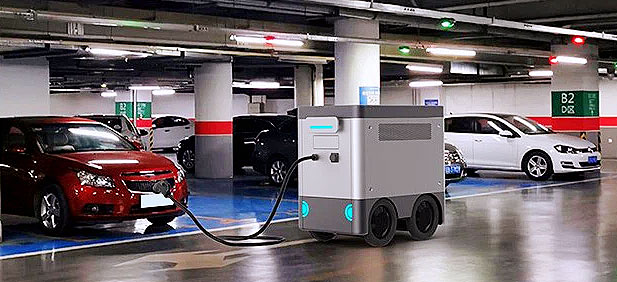










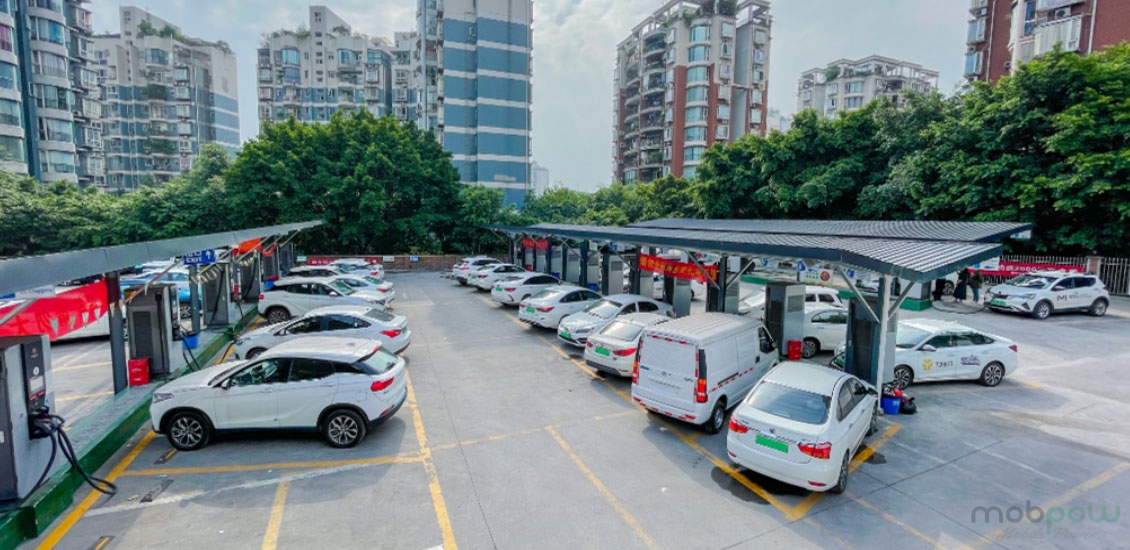
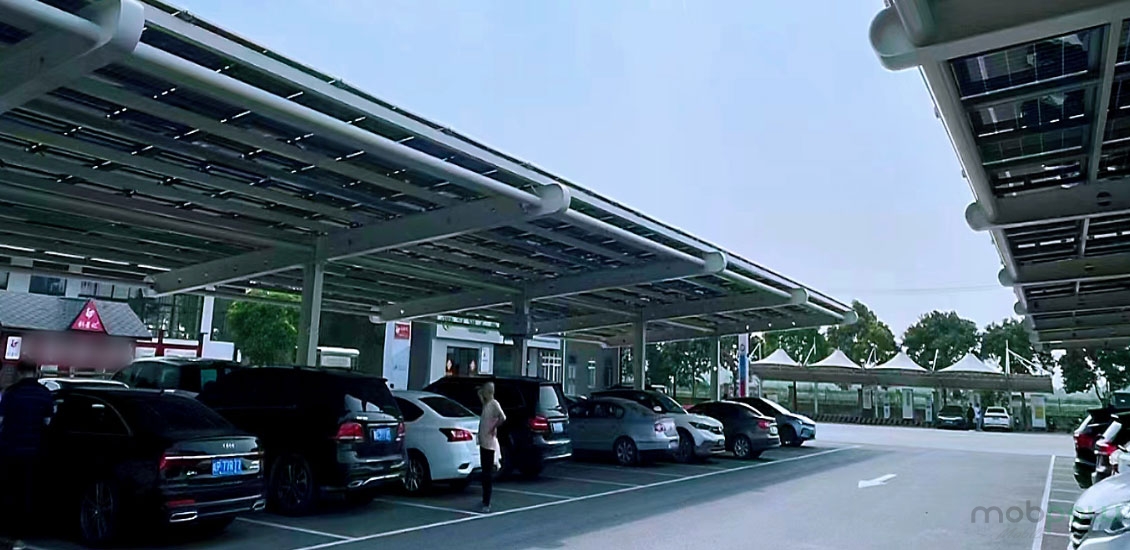
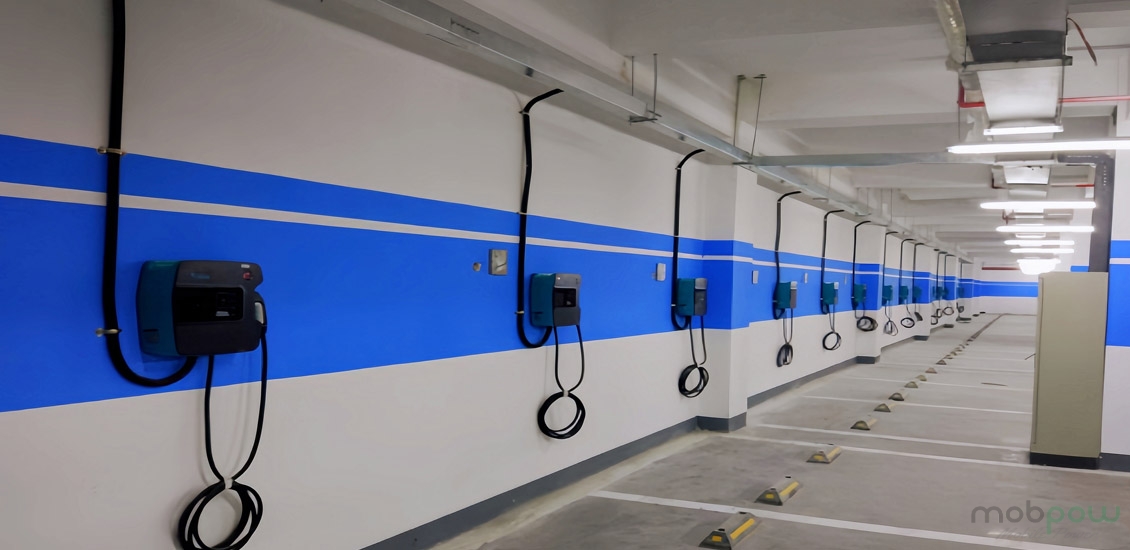

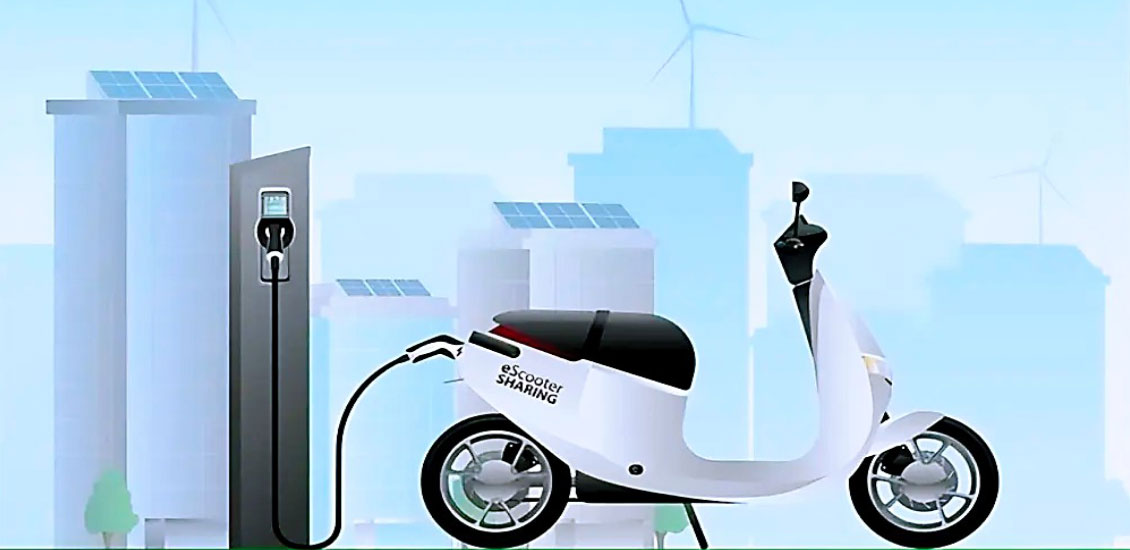

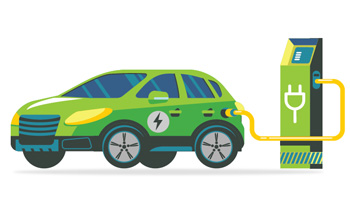
Smith Sunny says:
Smith Sunny says:
Smith Sunny says: